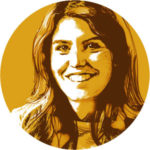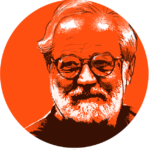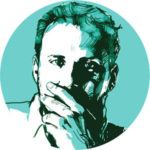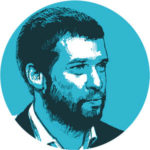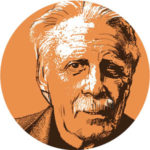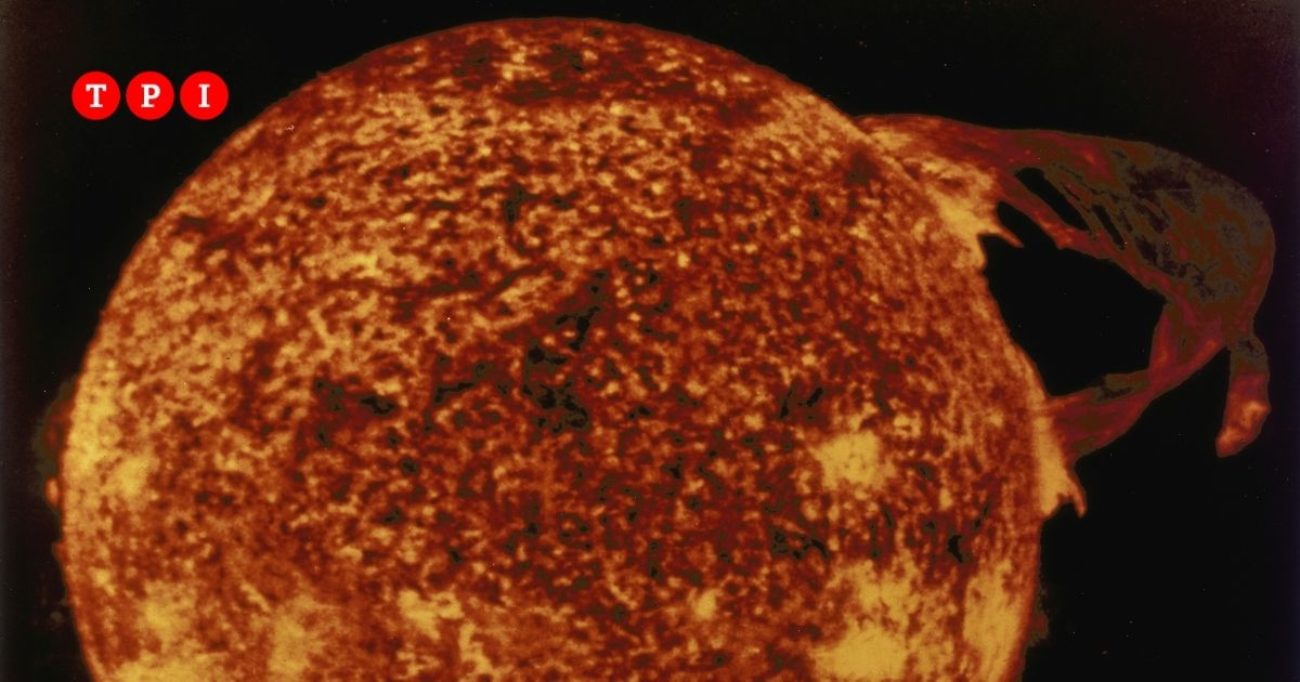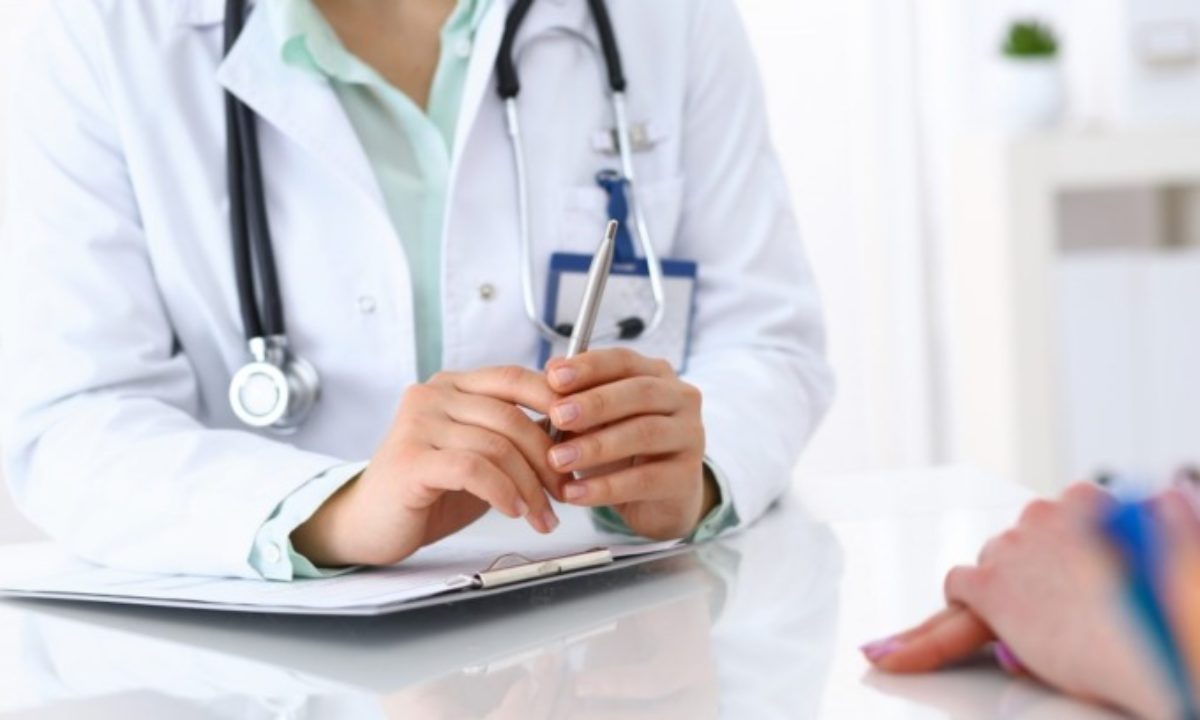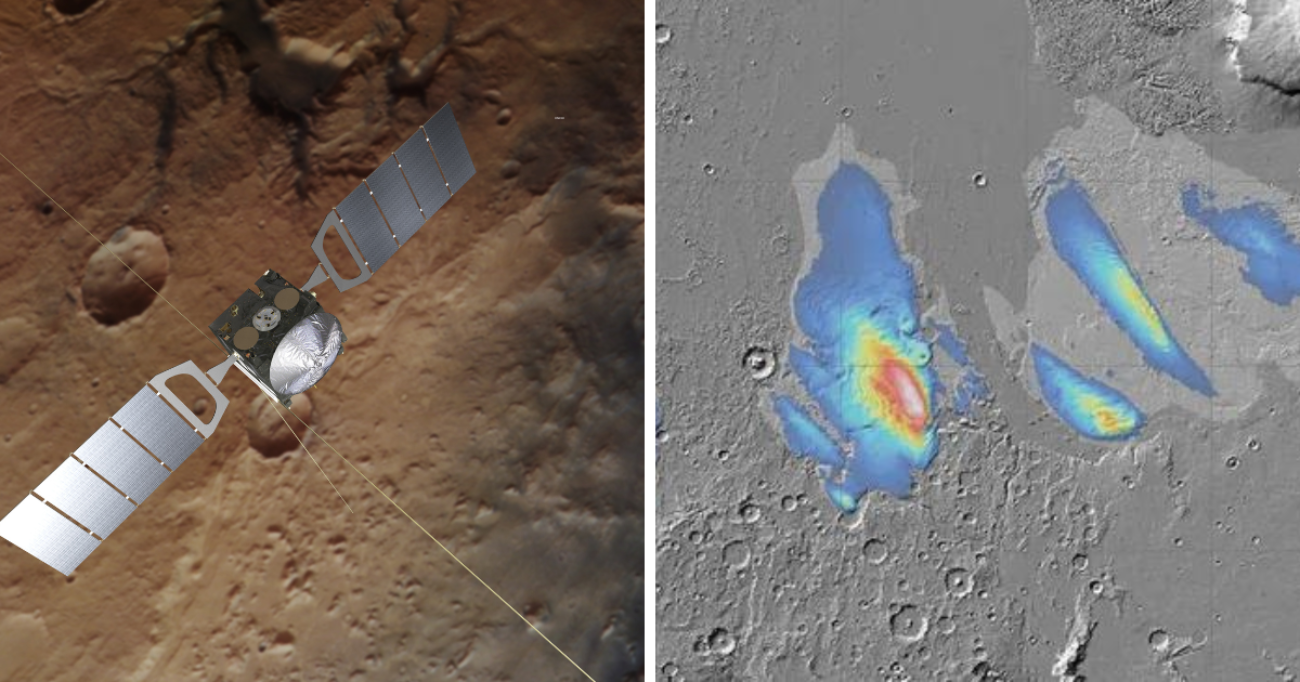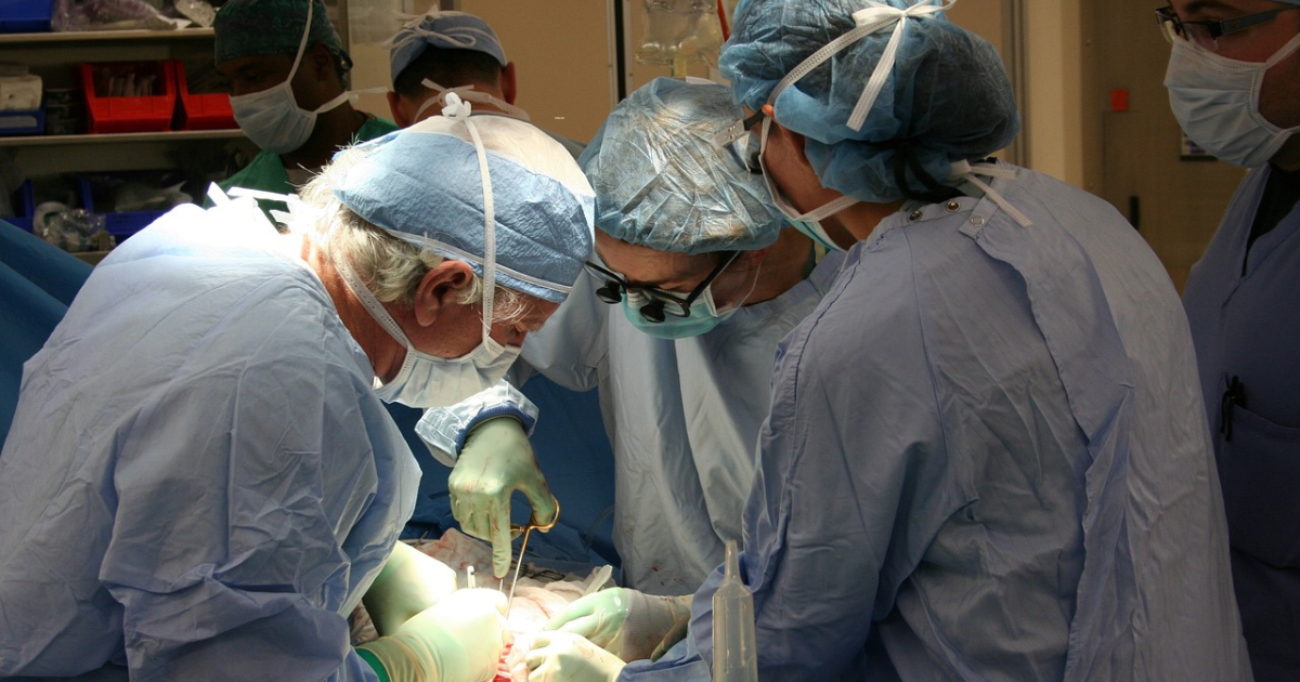Una psicologa spiega concetti complessi attraverso il sushi
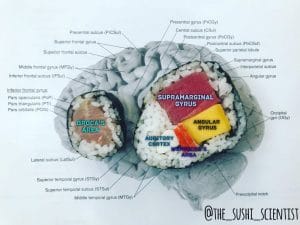
Janelle Letzen, una ricercatrice in psicologia clinica presso la Johns Hopkins University di Baltimora, ha deciso di unire la scienza alla sua passione: l'arte del sushi. In questo modo è riuscita rendere comprensibili argomenti complessi
Janelle Letzen, una ricercatrice in psicologia clinica presso la Johns Hopkins University di Baltimora, negli Stati Uniti, a gennaio 2018 ha deciso di unire la scienza alla sua passione: il sushi.
Lo ha fatto usando il suo account Instagram “the_sushi_scientist”, nel quale, tra tonno, avocado, riso, e alghe, spiega visivamente argomenti che vanno dalla neuroscienza alla geologia.
L’amore della dottoressa Letzen per il sushi è iniziato nel 2017 e subito capì che avrebbe potuto combinare insieme concetti scientifici con composizioni culinarie.
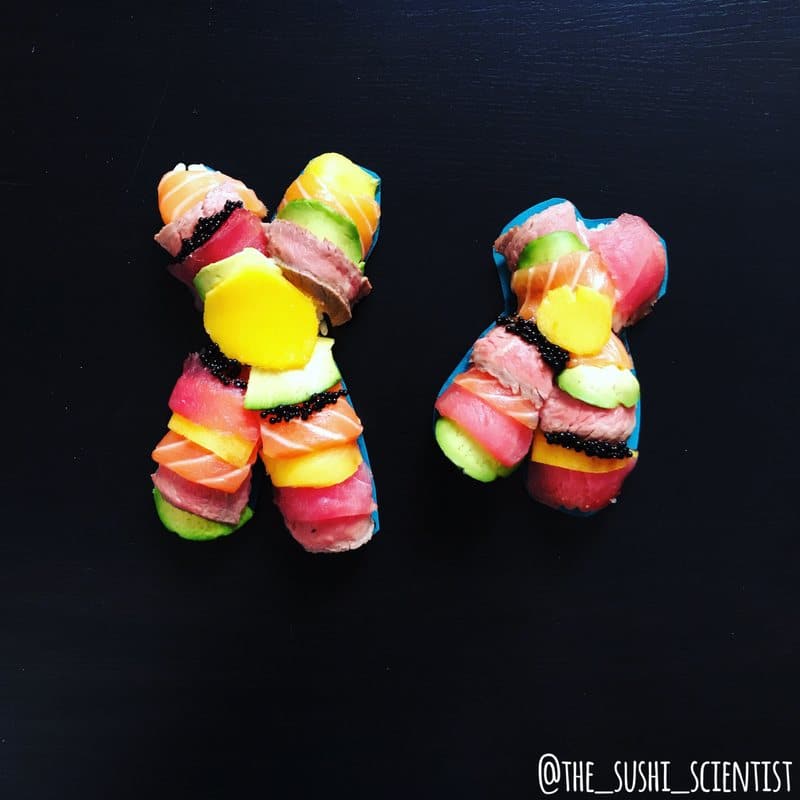
L’intuizione di Letzen si inserisce in una pratica più ampia, chiamata “Scienstagramm”, che consiste nell’utilizzare il famoso social network per informare visivamente il pubblico su argomenti che altrimenti sarebbero di difficile spiegazione.
Grazie a questa pratica, gli scienziati rendono la loro materia accessibile e comprensibile.
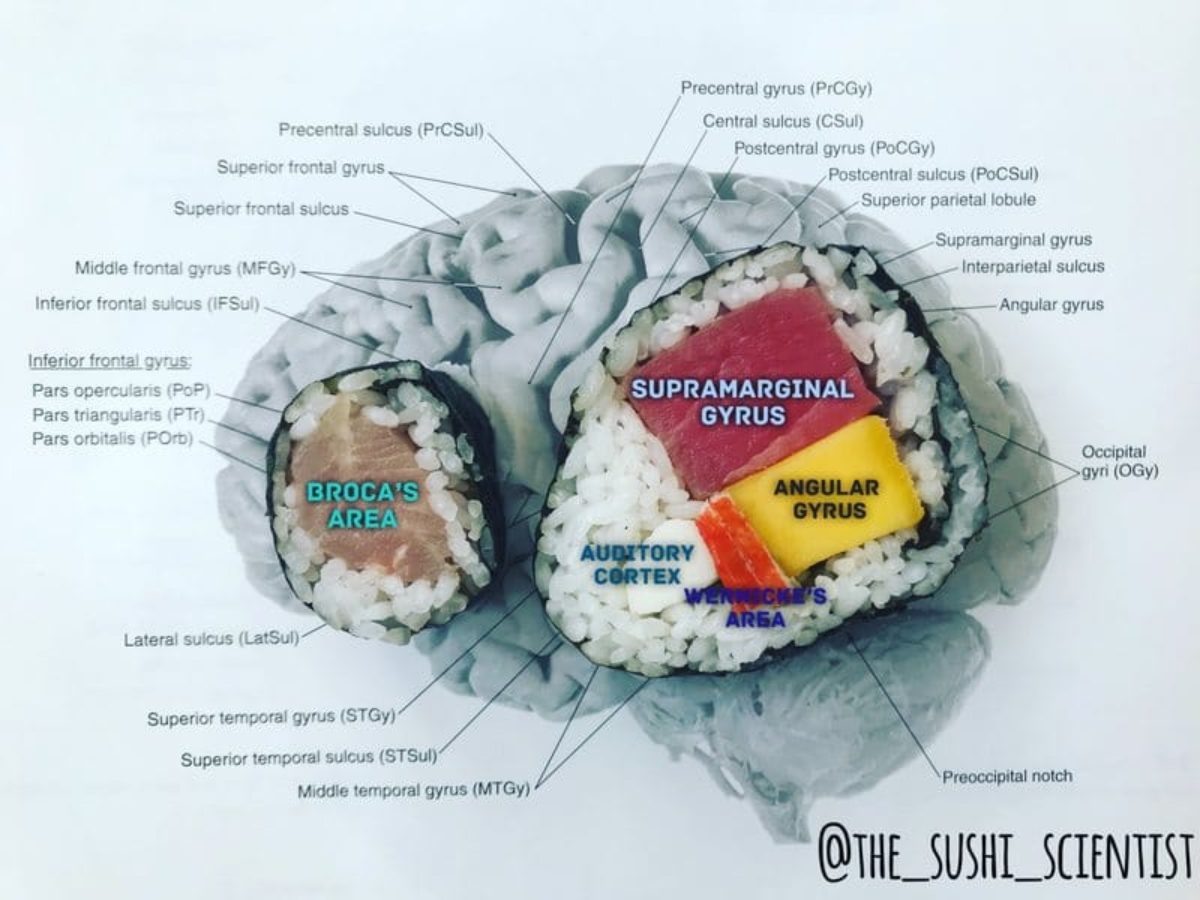
Letzen è convinta che per ora i suoi followers siano per lo più professionisti della medicina e studenti interessati alla biopsicologia e alle neuroscienze.
“Ma sto anche cercando di attirare l’attenzione di altri studenti, rendendo la scienza più tangibile”, ha raccontato al portale AtlasObscura.
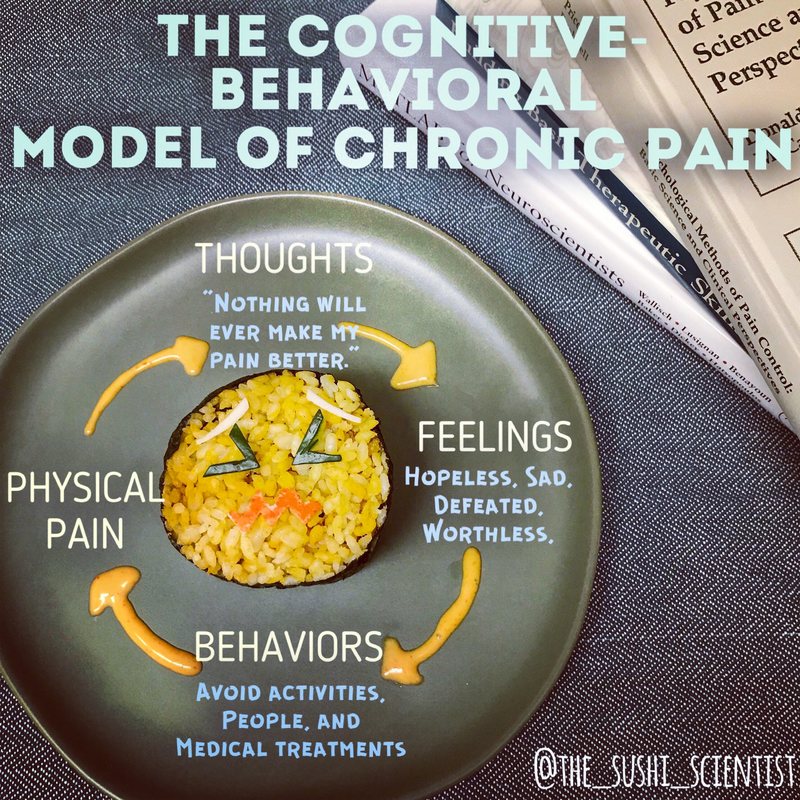
Uno dei migliori esempi del lavoro della dottoressa è stato un video di un cervello fatto di sashimi che ha subito una commozione cerebrale.
Le creazioni di Letzen generano anche dibattito.
In un post che aveva come tema gli effetti delle sostanze allucinogene sul cervello umano, creato grazie a rotoli di sushi dai colori vivaci disposti su un piatto, uno studente ha chiesto a Letzen di spiegare l’efficacia di sostanze psichedeliche come l’MDMA per fini terapeutici.
TPI esce in edicola ogni venerdì
A quel punto, la dottoressa ha contattato un esperto sull’argomento e ha aggiornato il testo del post “per migliorarlo”.
Ma la domanda che Letzen riceve più spesso è una: “Cosa ne fa del sushi dopo averlo fotografato?”.
La risposta è semplice “Me lo mangio!”, dice Letzen.







